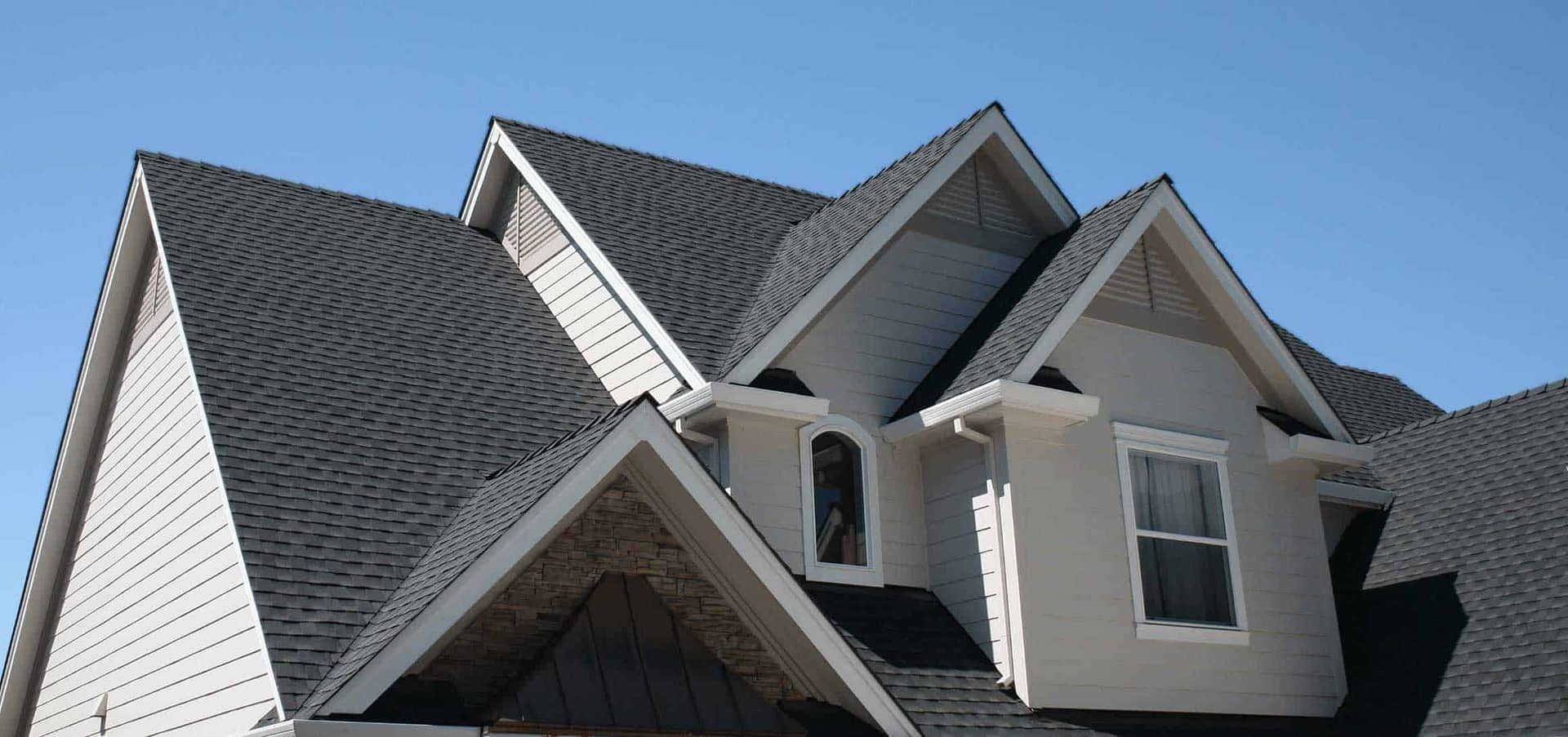Understanding Window Energy Efficiency Ratings (Homeowners Guide)
Installing new windows for homes or businesses is no small task; it’s an opportunity for improved energy efficiency and increased property value. But how does a homeowner choose the right energy rating windows? At Arch Exteriors, our team wants to share the numerous benefits of energy star label efficient windows so that property owners can find the best solution for their place/ at the right price.
Follow this guide to better understand the different window energy efficiency ratings.
Window Ratings
Energy-efficient windows can help save money while making your home more comfortable. There are thankfully several great windows that have high-performance ratings. Since there are several different window ratings used to determine efficiency, it’s a good idea to search through the plethora of options available. Let’s explore some of those ratings below

SHGC Ratings
Solar heat gain coefficient (SHGC) measures the amount of solar radiation and excess heat on a scale of 0 to 1 that your windows allow to pass through into your home. The lower the rating, the less radiation. Homes that get lots of sun shining through the windows should look for a lower SHGC rating.
U-Value/U-Factor
This factor measures the heat transfer rate of each window, meaning how much heat is gained or lost. The lower the U-Value of a window, the more energy efficient it will be. ENERGY STAR suggests that homes with a lot of sunlight should aim for windows with lower U-Factor ratings on a scale of .25 to 1.25.
Air Leakage
Measuring the amount of air that seeps out of a window is important, especially for those living in extreme temperatures. The lower the number, the less air leakage there is passing through a window. These ratings range from .1 to .3.

Visible Transmittance
Depending on where you live, you may want windows with more or less visible transmittance. This rating helps determine how much light is allowed to pass through a window on a scale from 0 to 1. The lower the number, the less light will be permeated.
Condensation Resistance
Condensation Resistance measures how much moisture will build up on your window’s surface on a scale from 1 to 100. The lower the number, the more condensation will appear. This number is especially important because it can indicate the potential for more window damage. Areas that see more snowfall or rain throughout the year should aim for higher condensation resistance.
DP
Design pressure (DP) measures the pressure a window can take before it breaks. The higher the rating, the more pressure-resistant the window. These stats are immensely important for areas with severe storms or are hurricane-prone. Residential DP ratings range from DP 30 to DP 50.

Check Certification Labels Too!
As you can see, while it’s ideal to have lower numbers for most of these ratings, it’s more beneficial to have higher numbers for these last two ratings. If you’re starting to think there is a lot to consider, just wait. It’s a good idea for homeowners to also check certification labels as well to ensure energy efficiency and quality products.
Certification labels are just as crucial as ratings to help determine which window to install into your space. Check out some of the different qualifications for windows below:
ENERGY STAR Label
The ENERGY STAR qualification works with the U-factor and SHGC ratings. While the certification doesn’t measure anything, it does use NFRC’s window thermal test to identify zones throughout the country. Then, it will recommend ideal U-factor and SHGC values for each designated area.
NAMI Structural Label
The National Accreditation and Management Institute (NAMI) plays an essential role in inspecting and certifying windows, doors, and other products. Then, it will provide an energy performance rating based on the U-Factor and SHGC values. A NAMI certification label will list the manufacturing facility, performance rating, and the series or model name of the product.
NFRC Label
When consumers need to compare window performance ratings, the National Fenestration Rating Council (NFRC) is an excellent resource. The test will evaluate all window ratings, including Air Leakage, U-Factor, Solar Heat Gain Coefficient, Condensation Resistance, and Visible Transmittance. Look for the different NFRC test standards of NFRC 100, 200, 300, 400, and 500.
American Architectural Manufacturers Association (AAMA) Label
In order to qualify for this certification, there are three tests that products must pass: Structural Strength, Water Leakage, and Air Leakage. Any product that is only tested for thermal performance will get a Silver Certification Label. In order to qualify for the Gold Certification Label, products must pass all tests mentioned above.
Finding the Right Windows for Your Home
Using these certifications and ratings to determine which replacement windows you’d like in your space is a smart choice. Given what you now know, take some time to think about the following factors to help you choose the best window for your home:
- Do you need to reduce unwanted heat gain?
- Are you looking for energy-efficient windows?
- How much light do you get?
- Do you want more natural light?
- What climate zone do you live in?
- Are you looking to maximize your energy savings?
- Do you need better insulation that will also resist condensation?
- Are you trying to save money without compromising quality?
While there are a lot of things to consider before making a purchase decision, it’s reassuring to know that you can speak with a professional to help put you on the right track.

Install Your Windows With Confidence
Although there are a lot of factors that impact window ratings, don’t let that overwhelm you. Taking the time to compare certifications and values is essential to finding the best window for your home’s conditions, aesthetics, and overall budget. Thankfully, you don’t need to tackle this process alone.
The experts at Arch Exteriors have years of experience matching consumers with the best products for their property. Whether you want to do a DIY installation or have professional help, our team can guide you on what products will work best for your project. Start your project today by connecting with our team.




